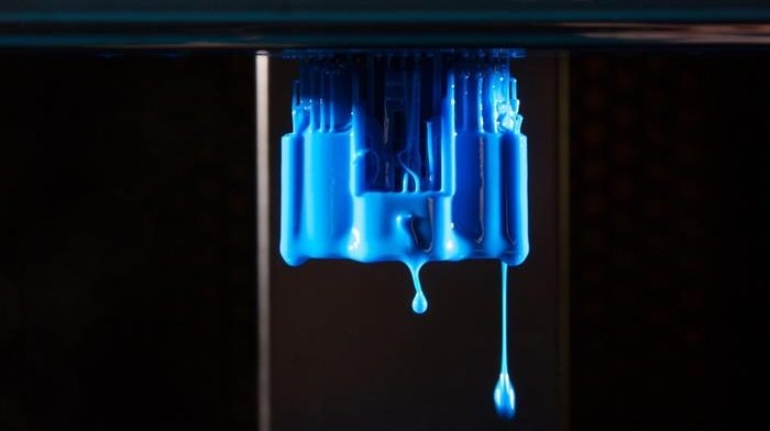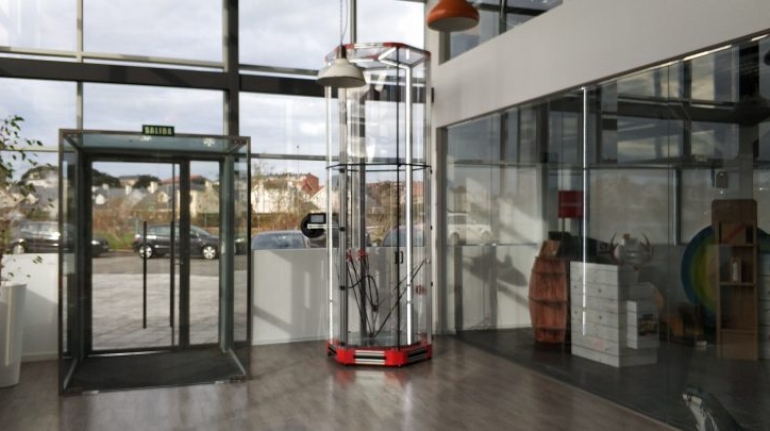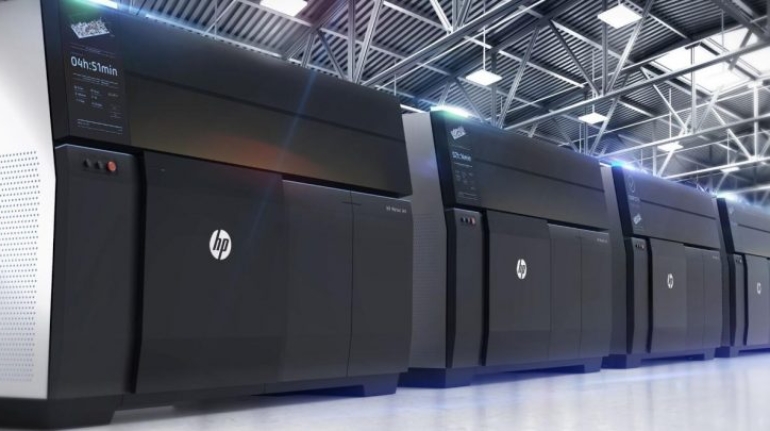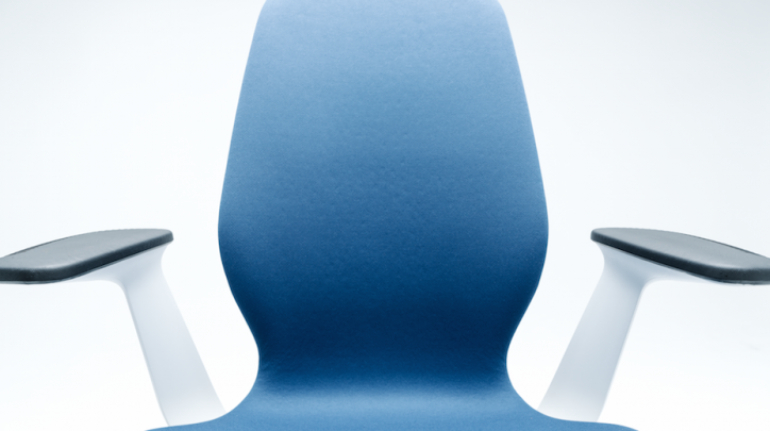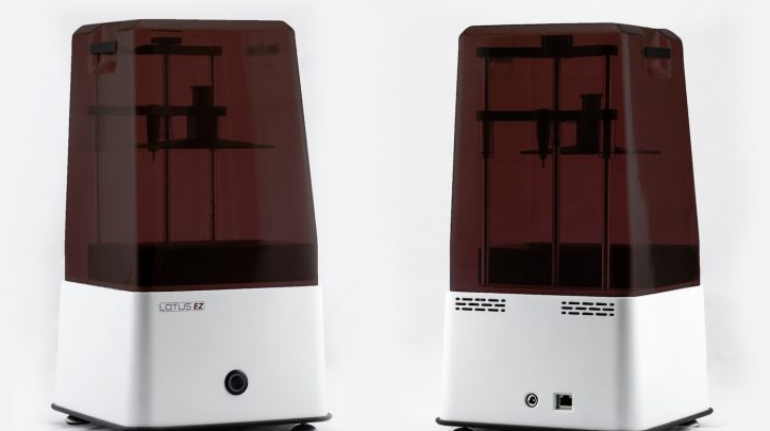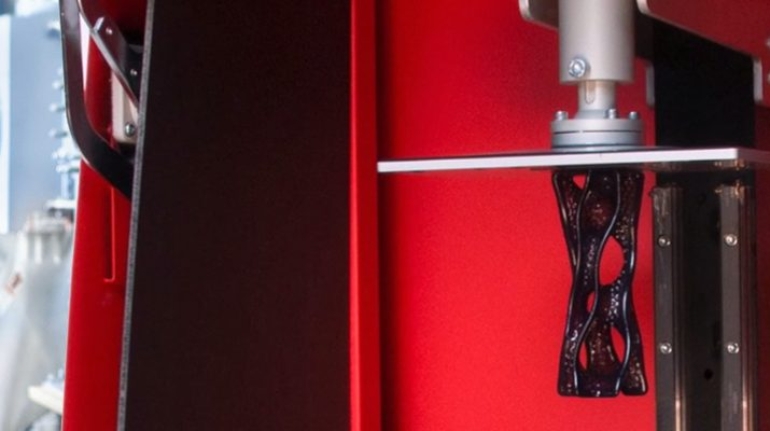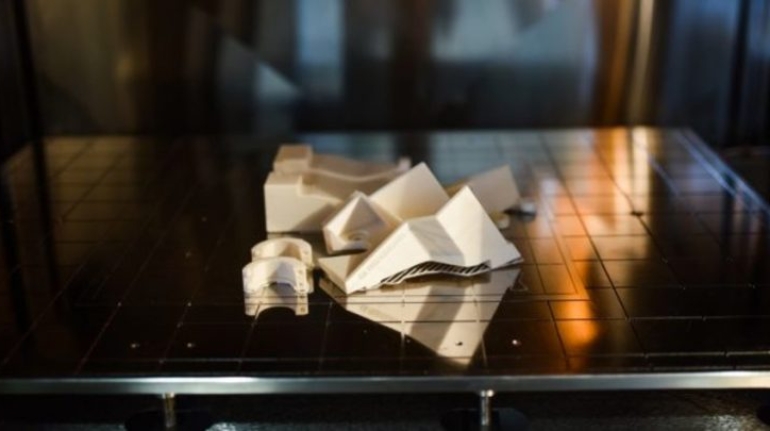Aptiv and Carbon showcase commercial-ready additive manufacturing program AM Industry
Global technology company Aptiv has teamed up with 3D printing specialist Carbon to introduce a new commercial additive manufacturing program. The AM program, reportedly capable of delivering repeatable, high-quality products that achieve military standard qualifications, is currently being presented at IMTS in Chicago by Aptiv at Carbon’s booth.

